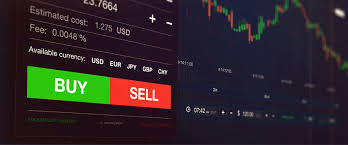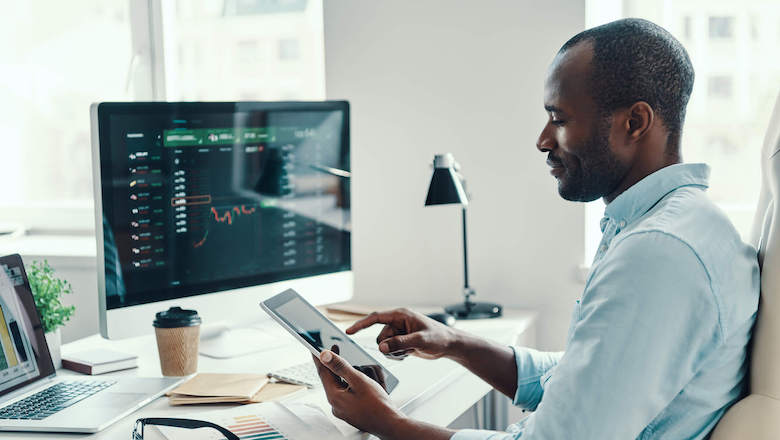How to Open a Forex Trading Account A Comprehensive Guide 1753366875

Foreign exchange trading, commonly known as Forex, is a popular way to invest money online. It involves buying and selling currencies in order to profit from fluctuations in exchange rates. If you’re looking to dive into the world of Forex, this guide will walk you through the process of how to open a Forex trading account, the steps involved, and some key considerations. For traders in Latin America, it is vital to find the right broker. Check out how to open a forex trading account Top LATAM Forex Platforms to find the best options tailored to your needs.
Understanding Forex Trading
Before you open a Forex account, it’s essential to understand what Forex trading entails. Forex is the largest financial market in the world, with a daily trading volume exceeding $6 trillion. Unlike stock markets, Forex operates 24 hours a day, five days a week, allowing traders to invest at any time.
Step 1: Educate Yourself
Education is crucial in Forex trading. Familiarize yourself with key terms, trading strategies, and technical analysis. There are various online resources, courses, and books dedicated to Forex trading that can provide you with valuable insights.
- Learn about currency pairs, pips, and leverage.
- Understand different trading platforms and tools.
- Study market analysis techniques: fundamental, technical, and sentiment analysis.

Step 2: Choose a Forex Broker
The next step is to select a reputable Forex broker. Your choice will greatly influence your trading experience. Consider the following factors when choosing a broker:
- Regulation: Ensure that the broker is regulated by a credible authority, such as the Financial Conduct Authority (FCA) or the Commodity Futures Trading Commission (CFTC).
- Trading Platform: Different brokers offer various trading platforms. Look for one that is user-friendly and has the features you need.
- Spreads and Fees: Compare the spreads (the difference between buying and selling prices) and commissions to find a broker that offers competitive rates.
- Customer Support: Good customer service is essential. Test their responsiveness by reaching out with questions before you open an account.

Step 3: Open a Trading Account
Once you’ve selected a broker, it’s time to open your trading account. This process typically involves the following steps:
- Application Form: Fill out the online application, providing your personal information, trading experience, and financial situation.
- Verification: Most brokers require identity verification. This usually involves uploading a government-issued ID and proof of residence.
- Deposit Funds: After your account is verified, you can fund your account. Brokers usually offer various methods for deposits, including credit/debit cards, bank transfers, and e-wallets.
Step 4: Download Trading Software
Most brokers provide access to a trading platform that you can download onto your computer or mobile device. Common trading platforms include:
- MetaTrader 4 (MT4): Widely used due to its user-friendly interface and rich features.
- MetaTrader 5 (MT5): The next generation platform with advanced features for more sophisticated trading.
- Web-based Platforms: Some brokers offer web-based trading interfaces, allowing you to trade from any device with an internet connection.
Step 5: Develop a Trading Plan
Having a well-defined trading plan is essential for long-term success. Your plan should include:
- Trading Goals: Define your objectives, risk tolerance, and expected returns.
- Strategies: Outline the trading strategies you will employ, such as day trading, swing trading, or position trading.
- Risk Management: Establish rules for managing risk, including setting stop-loss orders and determining your position size.
Step 6: Practice with a Demo Account
Most brokers offer demo accounts that allow you to practice trading using virtual funds. This is a valuable opportunity to familiarize yourself with the trading platform and test your strategies without financial risk. Take your time to trade in the demo environment until you feel confident to transition to a live account.
Step 7: Start Trading
Once you’re comfortable with the demo account and have developed a trading plan, you can start trading with real money. Begin slowly, and don’t invest more than you can afford to lose. Monitor your trades and make informed decisions based on your analysis and market conditions.
Conclusion
Opening a Forex trading account is the first step toward engaging in one of the world’s most lucrative financial markets. By educating yourself, choosing the right broker, and developing a robust trading plan, you can increase your chances of success. Remember to stay disciplined, continuously learn, and keep track of your performance to refine your trading strategies over time.

Leave a Reply
Want to join the discussion?Feel free to contribute!